We are increasingly being surrounded by objects, built environments and experiences that inform and educate us on our health. However, systems and services to support health improvement remain unequitable and fragmented. The pressures of timely reactive care on formal healthcare services prevent effective promotion of proactive care. Whereas the technology and the evidence for lifestyle-based health improvement that can reduce the reliance on formal healthcare is more accessible than ever before.
To address this gap, the Longevity Design Lab (LDL) is a design research initiative that promotes longevity as an informed choice rather than a coincidence. LDL uses design-led research to develop knowledge and tools to measure, maintain and improve long term health through lifestyle interventions.
In the Industrial Design Honours Program at RMIT University, LDL is a framework for supervising Honours Projects within three main themes (affordability, inclusivity and sustainability) and five sub-themes (move, eat, breathe, smile, believe) within longevity design research as illustrated in the figure below. Students embark on a year-long self-initiated project within one or more of the themes and sub-themes to design artefacts that instill and support agency in self-care for improved healthspans. Students use an evidence-based approach involving design-led stakeholder engagement and iterative prototyping to understand and engage with the human relationship with health longevity. Supervisions take place in a laboratory format of live experimentation, co-design and group feedback sessions.
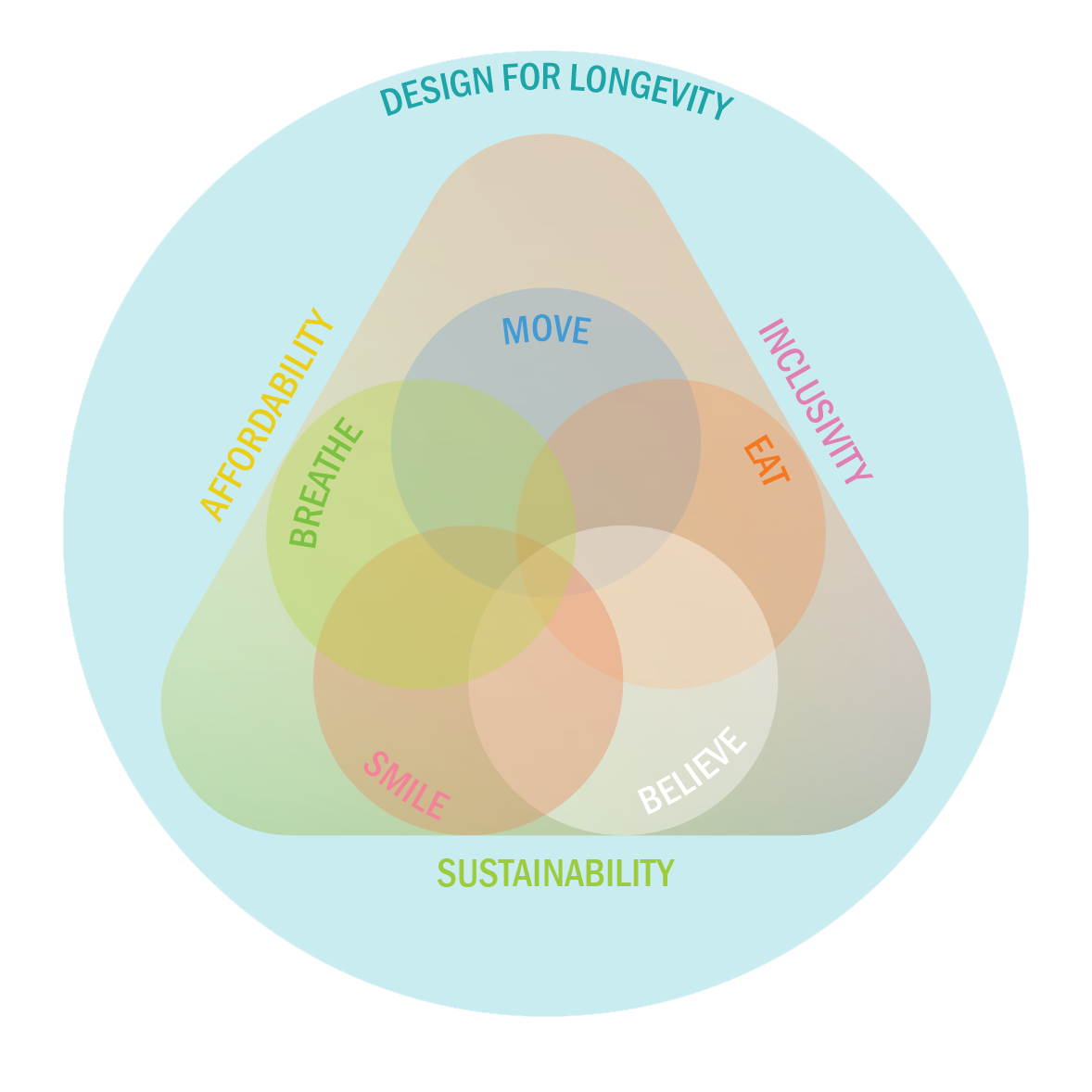
Themes
Affordability
Formal healthcare services can be expensive. While the public healthcare systems offer free services, they are overburdened and demand long wait times. Private services can be timely but exorbitant and include hidden charges with limited insurance cover. The alternative is to build resilience through pro-active measures. These could include self-monitoring, self-care, social and community care. This theme explores how cost of care-oriented artefacts can be creatively navigated through design-led research.
Inclusivity
The built environment is predominantly designed for a presumed majority of a geopolitical space. This often leads to the ostracization of sections of society that are unable to access essential care services, reducing equity in care and longevity. As designers, it becomes a key responsibility to ensure that products, systems and services are equitably designed to promote the inclusion of minorities. This theme focuses on the design of assistive devices and inclusive services and systems that can reduce bias in the design of care.
Sustainability
Healthcare is a significant contributor to material waste and greenhouse gas emissions. The proliferation of single-use devices and the use of incineration as the primary safe disposal strategy eliminates opportunities for value addition and through multiple use cycles. This theme explores opportunities to reduce the environmental impact of care through the design of product service systems that support the agency of the individual.
Sub-themes
Move
Physical activity is integral to the growth and repair systems of the body. However, increasingly sedentary lifestyles and occupations are preventing sufficient daily human movement and promoting the risks of early onset of chronic lifestyle diseases. This sub-theme explores the design of artefacts that can encourage physical activity engagement, particularly among those with physical and social barriers to mobility.
Eat
The health of our gut microbiome determines both our occupational health as well as our long-term health. However, there is wide diversity in food cultures and a limited understanding of its effect on longevity. Furthermore, sections of society are suffering from over- and under-nutrition, leading to multiple co-morbidities. This sub-theme explores nutrition and human-food interactions through the design of mediating artefacts.
Breathe
Respiratory function can decline from a variety of factors ranging from environmental pollution to smoking. While vigorous physical activity can improve cardio-respiratory fitness, exercising in dense urban areas can also expose individuals to toxic gases. Yet, breathing serves multiple purposes ranging from oxygenating cells to regulating psycho-social stimulus. This sub-theme delves into a design-led study of the human breath and the effects of the built environment on respiratory longevity.
Smile
One of the biggest challenges of modern society is the chronic epidemic of mental health illnesses. There are many systemic and personal psycho-social factors that could be responsible for each case. However, there is a lack of affordable and inclusive access to sustained care, particularly for individuals unable to reach out and request for care. This sub-theme explores the concept and diversity of mental health through designed interactions.
Believe
A less explored area of health research is the role of spirituality and philosophical frameworks that guide human lives. Various indigenous knowledge systems explore holistic health practices that integrate spirituality in physical and mental healthcare. But this is less observed in formal allopathic care services. This sub-theme explores the relationship between ontologies of the lived experience and human longevity to determine how care can incorporate a "meaning of life".
Projects
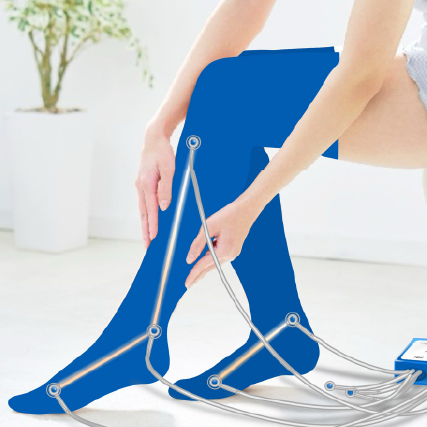
Wearable assistive device for traditional chinese self-massage
By: Xuhui Xiao
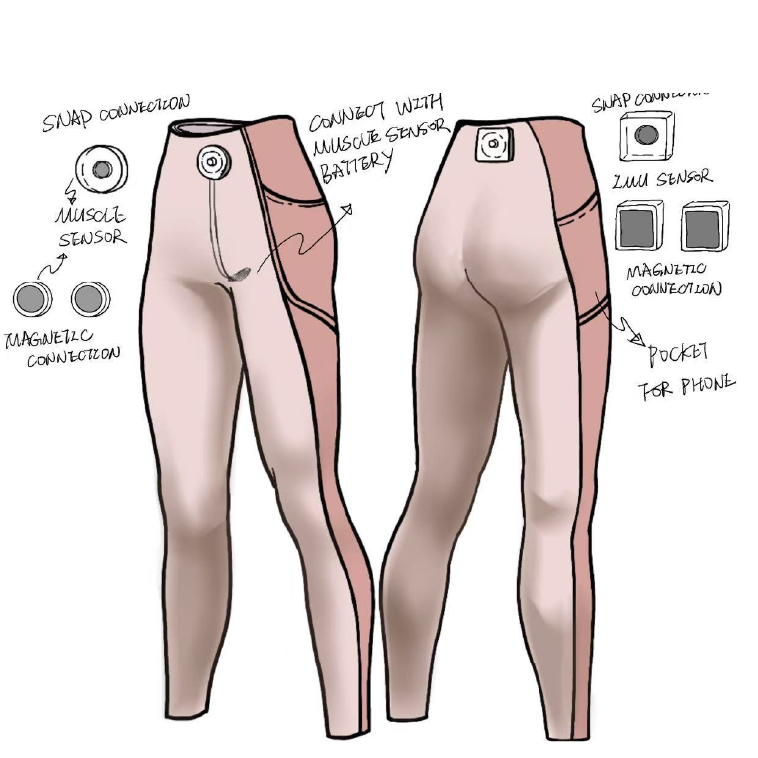
Wearable assistive device for post-partum rehabilitation of the pelvic floor muscle
By: Hong Li

EcoSip: Portable water filter for travellers
By: Claudia Nance
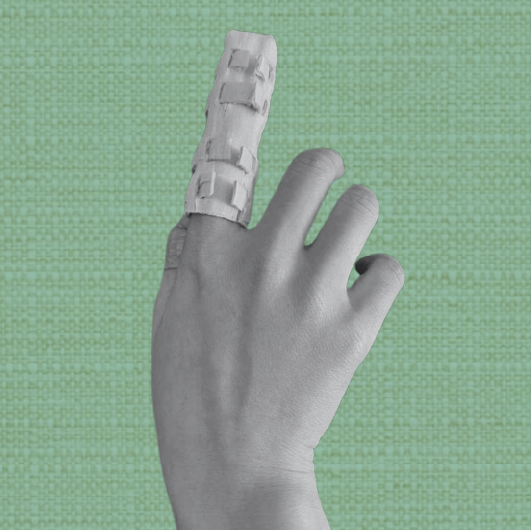
Biocast: Sustainable treatment for bone fractures
By: Yunyang Yan
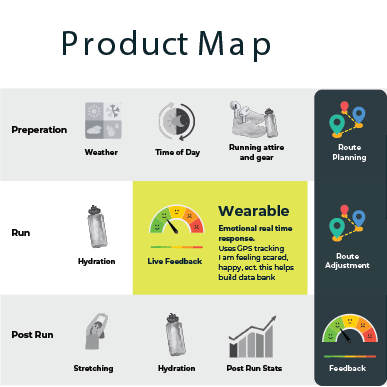
Enhancing the experience of running in Melbourne
By: Chelsie Loader
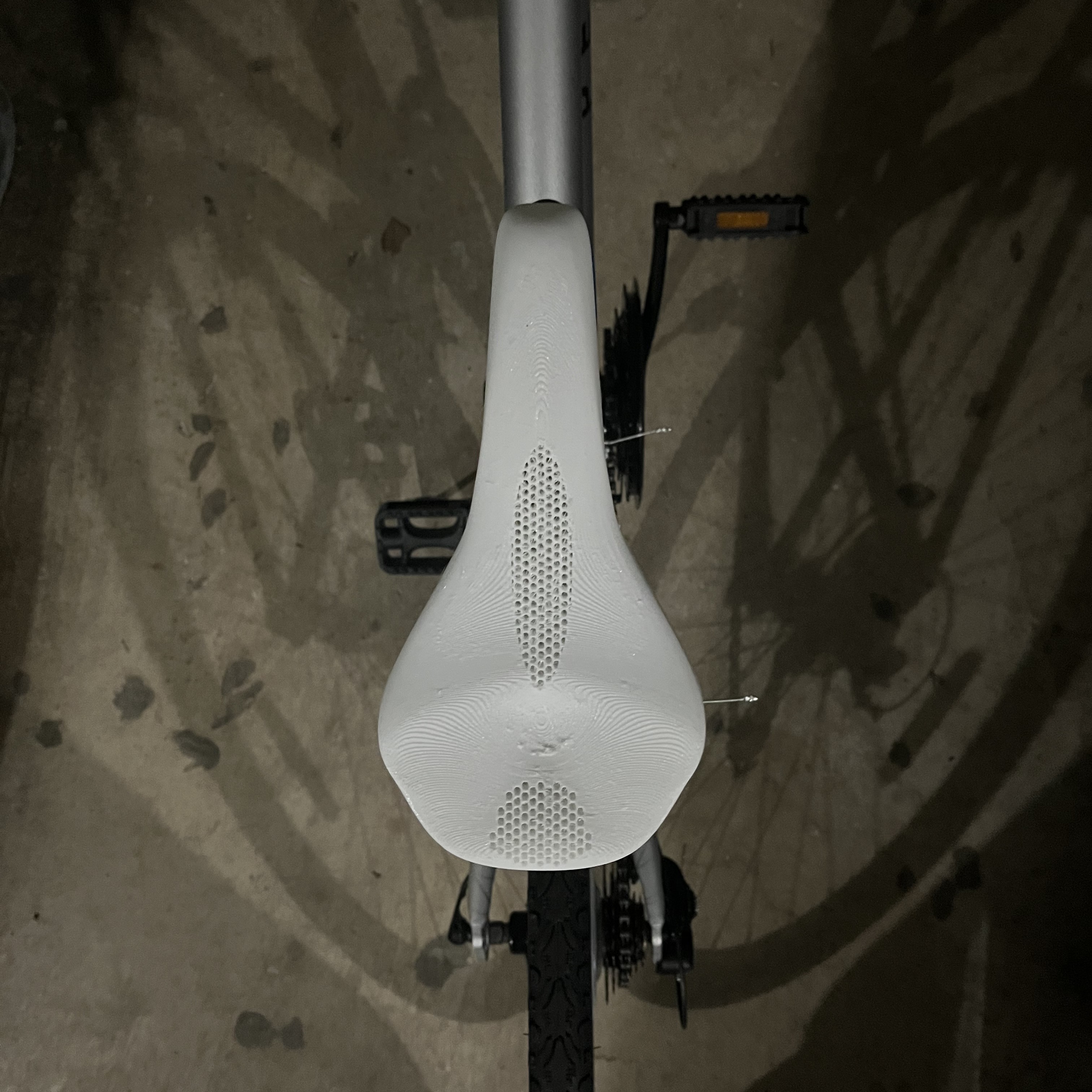
A metamaterial exploration of bike saddle comfort
By: Rohan Panjwani